Did you know that there are websites that sell 3D replicas of real people’s bodies and faces? Simon Senn, media artist from Switzerland, got into this world by accident. Unlike most purchasers, it wasn’t enough for him to simply get a female body in the virtual space for 12 dollars. He became curious about who the woman actually was, and found her, Arielle, with whom he subsequently created a performance. We can watch the result this Friday as an online broadcast provided by the Trafó – if we miss the given appointments (7 and 9 pm), then we miss it forever. I asked Simon Senn about the details and the background of the show.
How did it all start? Can you please tell me more about it?
I was working on some other projects, and for those I was experimenting with motion tracking systems. The idea is to put trackers on your body, and then when you move, it makes your avatar move. What I tried was virtual reality: to be inside an avatar. I was new to this technology, and I needed an avatar to test the system. That’s why I turned to online shops; the first one I came across sells 3D scans of real people. First, I checked the male bodies, but they were really not my size. (laughs) They were very muscular and corpulent. So I bought a female body. By that time I had no idea who its model was, but it was a really precise 3D image of her, including the face. And then I had that extraordinary experience of virtually being inside of her body.
How did that work?
Virtual reality means that I put on glasses, and when I moved my hand, arm, leg or whatever, I saw a female hand, arm, leg moving. It was my avatar, not myself. I looked down and I saw my chest with female breasts and everything. For a very short period of time, I felt that what I was looking at was my own body. It was a wonderful feeling, the first time to experience how it might feel to have a different body, and a discovery that I was feeling good, that I looked good, that I enjoyed the movements.
So you felt well in a female body…?
It was a feeling that I can’t really describe. My heart was beating fast, I felt warmth, it was like falling in love. Also, my movements felt different – there was a lightness, a newly discovered form of freedom in them. It was… just beautiful.
But then questions started to come to my mind. I had no idea who lent me her body, and whether she was OK with me using her digital replica. The studio takes ethics very seriously, so the only way to find her was to do an extensive research at social media and hope for the best. And it worked! I found her, because on the day she was 3D scanned, she took a selfie in the midst of the cameras and tagged the studio in the post.

I contacted her, and I found out her name was Arielle. I told her what happened to me and that I would be happy to meet her. Also, I was transparent about the fact that I am an artist, and that I see a lot of potential in this whole story. She agreed to meet me, we recorded an interview, and then the idea of the performance came as the next step. I definitely wanted to include her, and fortunately she agreed; during the show, I video call her from the stage, and the audience can also talk to her. She is a student of design, so the connection between our artistic approaches was there immediately.
Why did Arielle let the studio have her 3D digital replica taken?
Apart from her studies, she also worked for a model agency at that time as a part-time job. One day they raised her attention to the 3D scanning opportunity; she was curious and went there. It happened really quickly, not like a normal shooting when the model is photographed in many poses. Here, there was one pose and that was it. Arielle didn’t think a lot about it, almost forgot the whole thing until I called her. Also, I think it’s kind of new that random people can use this technology so easily without being an expert or having a big budget. Technology even developed a lot since I started the project, you can do more and more with your smartphone.
How does the show work? Was it different before the pandemic?
It’s a show where I explain about this experience. At one point I really had to ask myself what is the meaning of all that, feeling good in a woman’s body, so I had some online sessions with a psychologist. I was really positively surprised, because the psychologist encouraged me to make images about me being in a woman’s body. So I started to make images based on the digital replica, and I also scanned my face to put together with it. So now it’s a new avatar that has Arielle’s body and my head. I spent a lot of time making images with that. After my initial experiences of virtual reality, I had a lot of dreams that might have been inspired by that, and the technology has provided me a great tool to visualise those dreams in this reality.

There was an offline version of the show before the pandemic. I enjoy presenting both, because physical theatre releases immediate emotions from the audience that I can feel strongly. But when the pandemic came, it was clear that I have to do digital performance. In a world where technology takes over more and more of our world, it is very important to show that there is beauty in it, but it can also harm people, it can be dangerous. An essential part of the show is Arielle’s presence in it, but it didn’t change anything: she joined on Facetime anyway. And the main essence of the show is, no matter if online or offline, that the audience can engage with the discussion, hear my story and maybe even learn a lot about this controversial issue.
What did you mean by dangers?
Well, simply the fact that you can buy digital replicas of real people’s bodies and faces and do with them whatever you want… it’s frightening. There is no contract to sign, so nobody controls whether I duplicate and distribute the one copy I have purchased. It’s a bit like when you share stuff on the internet. I also discussed this with legal experts and my general impression is that law develops much slower than technology. It is usually victims of technology-based abuse and crime who trigger the making of new laws. That’s quite sad.
What has been the best question from the audience so far?
My favourite recurring question is whether Arielle also wants to go in my body. She would really like to try, so I contacted the company that 3D-scanned her to ask whether they can make a digital replica of my body and provide a copy for Arielle. You know what? They weren’t interested at all! (laughs) Maybe my body is not stereotypical enough for them. But fortunately, there might be other companies to do that, but the pandemic slows down these processes a bit.
So will there be a sequel? 🙂 Arielle in your body, you in hers?
I don’t think I will do another project on that. This one is based on this strong feeling of mine, but I reckon it was a one-time wonder. I guess most people wouldn’t have the same transformative feelings when getting in someone else’s virtual body. Maybe, if Arielle tries mine, she only says: well, that was interesting, but nothing special. And maybe I also couldn’t experience the same deep feelings anymore, no matter how many different bodies I work with. This show is the memory of that one particular moment in time, and as such, unrepeatable.

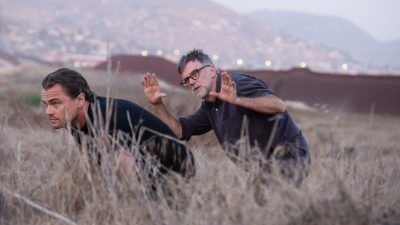
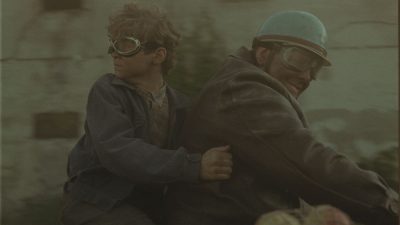

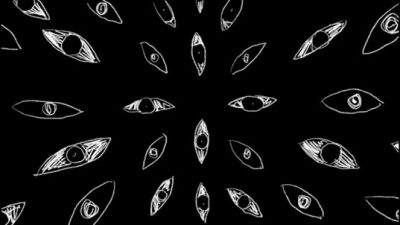


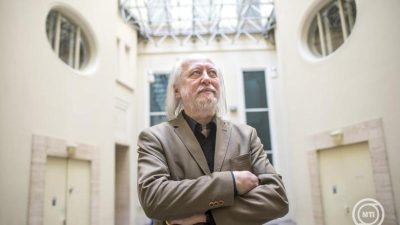





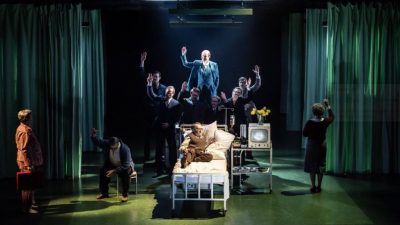








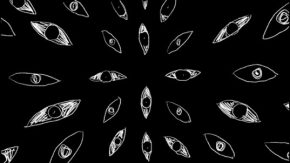


Comments